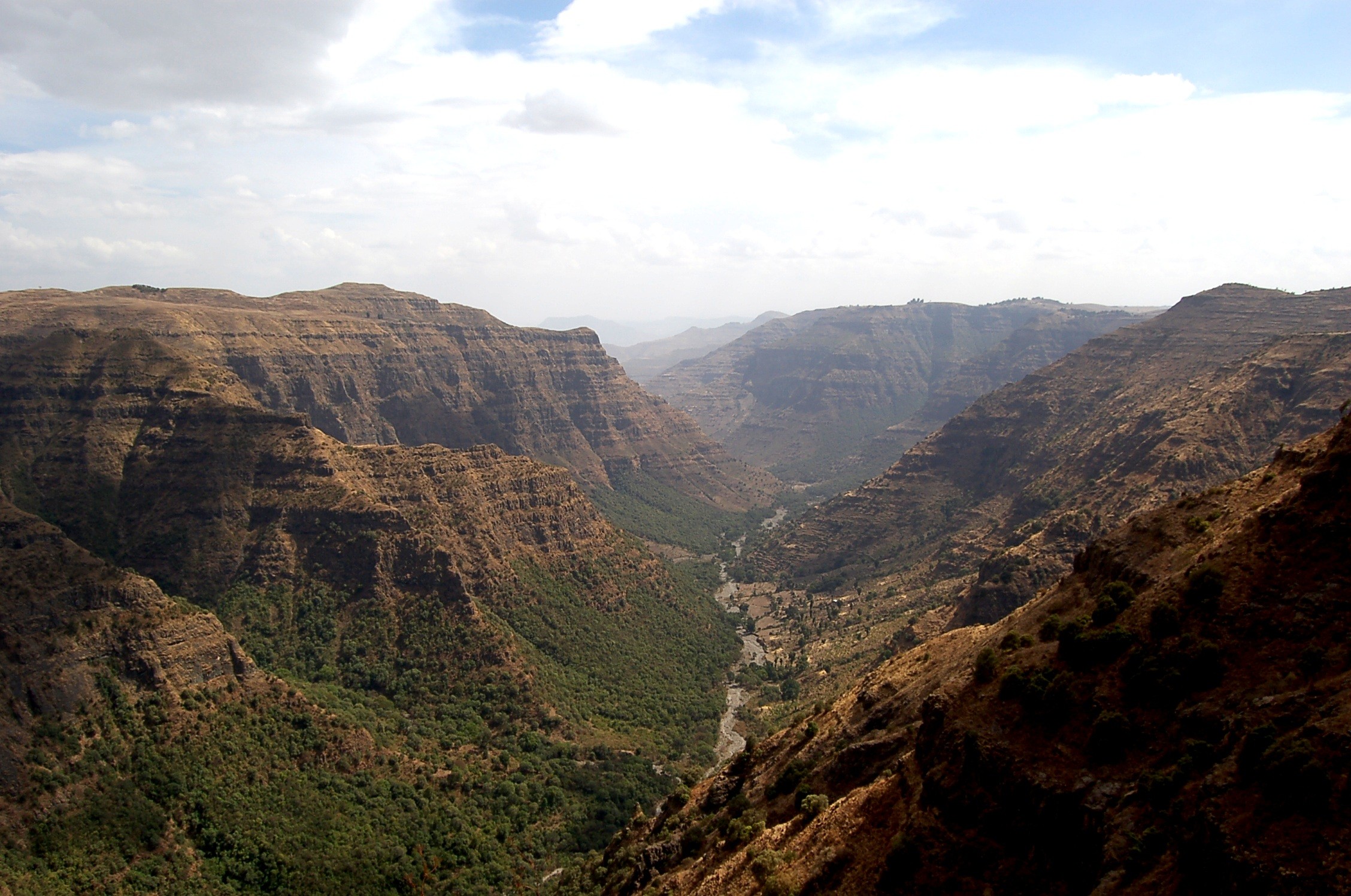The Great Rift Valley also known as the East African Rift Valley is a geological work of wonder. It was first named the Great Rift Valley by John Walter Gregory a British explorer that named it in the late 1800s. This massive trench is around 3,700 miles and is located at a tectonic plate boundary that is splitting apart. The two plates started to separate about 35 million years ago and the Rift started to form. The East African Rift Valley covers an impressive amount of land and runs from northern Jordan Rift Valley in Asia to Mozambique in South Eastern Africa.
The East African Rift and Africa
The part of the rift that is located in Africa has two different branches the Western and the Eastern Rift Valley. Due to the tectonic activities in the area the Western Rift has some of the highest mountain ranges in Africa as well as several of the deepest lakes in the world. The area around the Rift is bordered by national parks like the Virunga National Park and the Queen Elizabeth National Park to only name a few. A fun fact about the Rift is that all of the African Great Lakes were formed from the rift and lie within the rift valley.
Eastern Rift vs. Western Rift
The Eastern Rift has more volcanic activity and is almost the opposite of the Western Rift. This is what makes the Eastern Rift interesting to scientists as it allows for them to observe active crevice formations. This means that they can observe how ocean basins are initially formed on land. So scientists can use the East African Rift Valley system as an active laboratory to study how plate tectonics and how rift systems develop.
The Valley and Anthropology
The East African Rift Valley is not only important for geologists and earth sciences but it is also important for anthropological reasons. The Rift Valley has been where many hominid fossils have been found. These fossils help anthropologists understand human evolution as well as how prehistoric climate changes have affected how early hominids adapted and evolved. One theory is that the Rift exerted many environmental pressures and that is what caused hominids to first evolve and become bipedal or to walk upright. They had to adapt in order to survive.
The East African Rift Valley is an important area for scientists to study as it offers information about how the Earth is constantly changing and how plate tectonics can form new rift systems form. It also offers insight into early humans and how they evolved.

